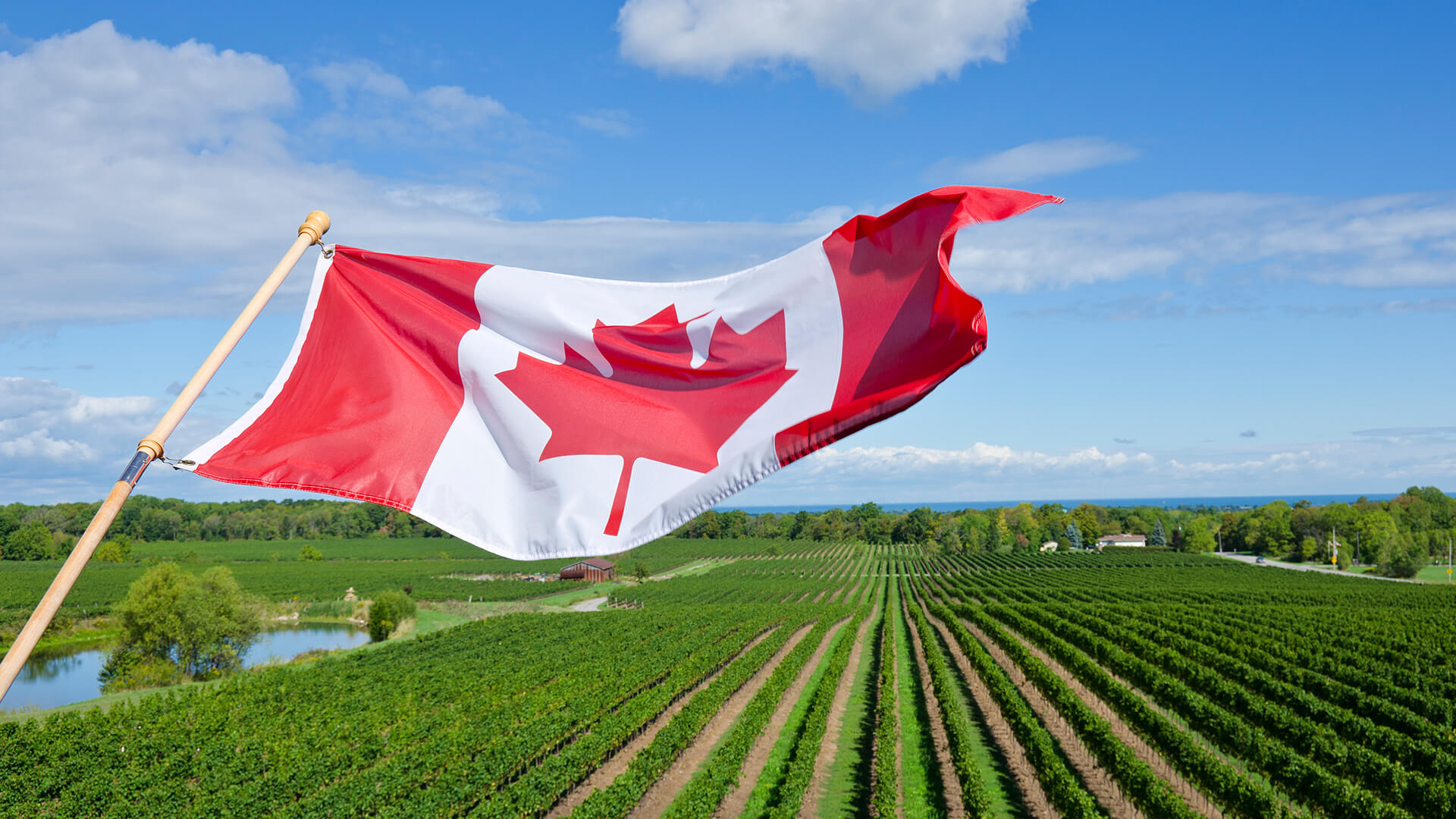
Real GDP Growth Finally Starts to Ease
- Canadian real industry GDP declined by 0.2 per cent in June, following a 0.3 per cent increase in May. The data show that in the second quarter of 2023, Canadian real GDP shrank by 0.2 per cent on an annualized basis in the second quarter, compared to a newly revised annualized growth rate of 2.6 per cent in the first quarter.
- In June, output rose in only 3 of 20 industrial sectors. On the goods side, mining and quarrying (except oil and gas) fell 5.7 per cent in June, its largest monthly contraction since November 2021. Construction output was down for the second consecutive month, decreasing 0.6 per cent, behind declines in both residential and non-residential construction.
- Meanwhile, across the services industries, wholesale trade was the largest contributor to the decline in June after being a growth leader last month. On the plus side, real estate and rental and leasing rose 0.3 per cent in June, demand for real estate remained strong. Public administration also grew again this month, as it continues to rebound from the effect of strike action by federal government workers in April and May.
- Rising interest rates appear to be finally hitting households, as consumer spending growth slowed to 0.1 per cent in the second quarter, compared to growth of 1.2 per cent in the first quarter. The slight increase in spending on goods in the second quarter was led by higher spending on new trucks, vans, and sport utility vehicles. Household spending on services was unchanged in the second quarter, following growth of 1.1 per cent in the first quarter.
- Drought and forest fires impacted several sectors in the second quarter. The agriculture, forestry, fishing, and hunting sector saw output fall by 3.5 per cent in the second quarter. Growing drought and wildfires in many regions of the country contributed to lower crop production in the quarter. In addition, mining, quarrying, and oil and gas extraction contracted 0.3 per cent as forest fires affected activity in natural gas and crude oil extraction in Alberta, and iron ore mining in Quebec and Newfoundland and Labrador. Weaker activity in recreational vehicle (RV) parks and recreational camps also negatively impacted accommodation and food services.
Key insights
Today’s releases of GDP estimates show that the Canadian economy contracted slightly in the second quarter. Canada’s GDP still performed better than expected in the first half of the year thanks to strong population growth and resilient households. These factors have also led to the Bank of Canada to resume rate hikes in June as core inflation appears to be more persistent than expected. Overall, a weak reading in second quarter GDP signals that interest rates are starting to take a bite out of the economy. Over the second half of the year economic growth should continue to be sluggish, as the full effects of higher interest rates will take its toll on the economy.
Looking outside Canada, we see sluggish economic growth in a number of key export markets. The Eurozone fell into recession in the first three months of the year after two consecutive negative quarters. The continent has been hampered by high energy prices. China is also suffering economic woes as the country struggles after lifting strict public health restrictions. A prolonged slowdown from these markets could spell trouble for Canada’s exports, particularly commodities, if China’s economy continues to falter. On the plus side, Canada’s largest trading partner, the U.S., has seen a resilient economy in the face of higher interest rates and most economist are now optimistic that the Federal Reserve could successfully orchestrate a “soft landing,” meaning the central bank could lower inflation by increasing interest rates without going into a recession.





Comments